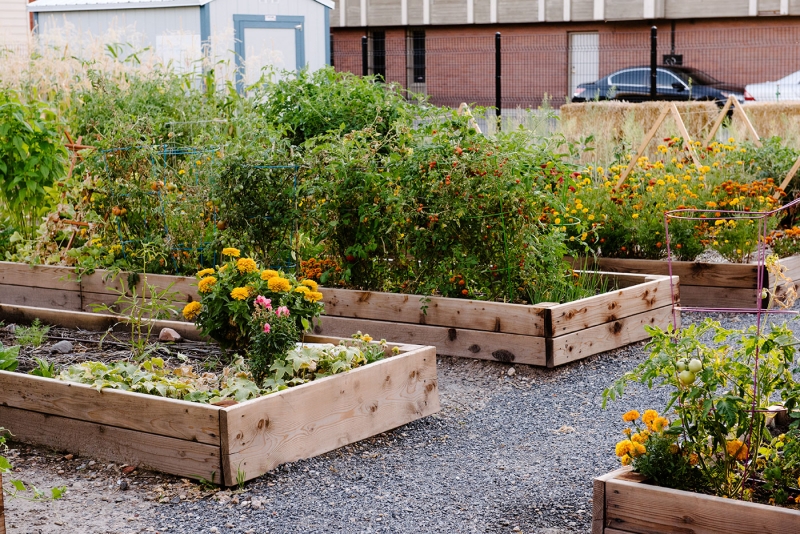“Population will increase rapidly, more rapidly that in former times, and ‘ere long the most valuable of all arts will be the art of deriving a comfortable subsistence from the smallest area of soil.” -Abraham Lincoln
“They’re making more people every day, but they ain’t makin’ any more dirt.” -Will Rogers
“With every planting not only does your garden grow, but you with it.” -Raymond Chaudiour
Container Gardening Advantages
- Fewer pest and disease problems - and if a problem arises, easier to control
- Easier to control pH balance (soil acidity/alkalinity)
- Better control of water and sunlight
- Extended growing season
- Planting earlier and harvesting later – by bringing plants indoors near sunny windows
- Growing plants indoors in winter time in south-facing windows, some garden plants can do well with as little as 6 hours light per day
- Keeps invasive rhizomes (roots) in check (examples of potentially invasive or spreading plants include: mints, bamboo and raspberries
Containers
Anything can be grown in a container, as long as the container is sized to the plant. For example, you could grow a potato plant in a 5 gallon bucket. I grow squash in 15 gallon washtubs.
Container Materials
- Pots can be made from: clay, fiberglass, plastic, metal and wood (avoid materials that can leach harmful substances, such as old railroad ties, certain metals, etc.)
- Washtubs
- Five gallon buckets
- Wheel barrows
- Old pots and kettles, etc.
- The container is limited only to the gardener’s imagination, but it must have drain holes!
Soil and Amendments
Vermiculite - Made from mica rock that’s been heated to 2000 degrees F, causing it to expand. It’s good for holding air and water as well as providing potassium, calcium and magnesium. It’s pH neutral. (Note, when handling vermiculite and perlite, you want to avoid breathing the dust. Wet it frequently to reduce dust, and wear a mask if necessary.)
Perlite - Made from volcanic rock that’s been heated to 1800 degrees F, causing it to expand like popcorn. It’s good for holding water. It has no nutrient value and is ph neutral.
Bark or Sawdust - Used as a basic ingredient that provides few nutrients.
Limestone - Source of calcium and counteracts the acidity of peat moss.
Leaves and Leaf Mold - Good mulch addition, with few nutrients.
Straw - Another good mulch, with few nutrients.
Composted Manure - Horse, cow, chicken
Peat and Sphagnum Moss - Partially decomposed, centuries old moss. Hold both water and air. Decays slowly, but adds little nutrients. Very acidic.
Soil - From your yard, top soil or potting soil purchased from garden center.
Watering
Don’t overwater. Test with your finger. Be sure to drain any standing water that is left in the drip tray if using drip trays. It is vitally important that your containers are well-drained!
Sunlight
The amount is the same as for non-container plants. Follow garden catalog or seed packet.
Fertilizers
See our Organic Standards for a full list of recommended fertilizers.

